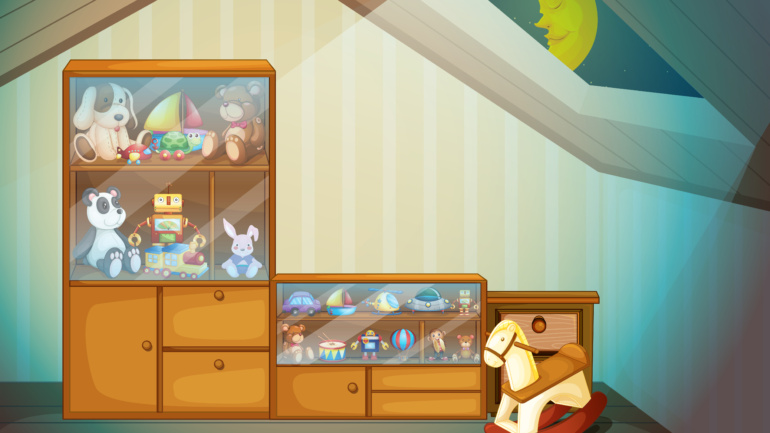Title: Breathing New Life Into Vintage Jewelry: The Art of Rhinestone Replacement
In the labyrinth of old jewelry boxes and forgotten heirlooms lies a treasure trove of vintage rhinestone jewelry. These shimmering relics, crafted with precision and charm, hold stories that span decades. But time isn’t always kind, and rhinestones often succumb to the wear and tear of age. Before you consider discarding that sparkling piece of history, let’s explore how to restore its glory.
The Lost Luster
Imagine this: you uncover your grandmother’s vintage brooch, a masterpiece encrusted with rhinestones that once danced in the light. Now, its sparkle is dulled, and a few stones are missing. The temptation to tuck it back into obscurity is strong, but here’s the good news—rhinestone replacement is easier than you think, and you don’t need to be a professional jeweler to make it happen.
Why Restore?
Vintage jewelry isn’t just an accessory; it’s a piece of history. Each rhinestone-studded piece tells a story of an era when craftsmanship reigned supreme. By repairing these treasures, you’re preserving a slice of the past while also revamping your wardrobe with timeless elegance. Plus, there’s a sustainable angle—restoring instead of discarding helps reduce waste in a world where fast fashion dominates.
Tools of the Trade
Before diving into the repair process, gather your supplies:
- Replacement Rhinestones: Ensure they match the size, cut, and color of the originals. Vendors specializing in vintage jewelry repairs often stock rhinestones designed for antique pieces, including those with aurora borealis finishes.
- Jewelry Glue: Choose a high-quality adhesive that dries clear and doesn’t cloud the stones.
- Tweezers and Toothpicks: These are essential for precision placement.
- Magnifying Glass: Vintage jewelry often features intricate designs, so a magnifier can help with detailed work.
How to Replace Rhinestones
- Clean the Setting: Use a soft brush and mild soap to remove dirt and old adhesive. Let the piece dry completely.
- Match the Rhinestone: Compare the replacement stones to the originals. Look for similar facets and tones, especially for aurora borealis finishes that reflect multiple colors.
- Apply Glue: Dab a small amount of adhesive into the empty setting. A toothpick can help control the amount.
- Set the Rhinestone: Using tweezers, gently place the new stone into the setting. Ensure it’s seated securely but avoid pressing too hard, as this can damage the stone.
- Let it Cure: Allow the glue to dry completely. Resist the urge to touch or wear the piece until it’s fully set.
Where to Find Replacement Rhinestones
Hunting for the perfect rhinestone might feel like searching for a needle in a haystack, but several online marketplaces cater to vintage jewelry restoration. Etsy, eBay, and specialty shops like Swarovski distributors often stock a variety of stones, including hard-to-find vintage cuts.
Adding a Modern Twist
While restoring vintage pieces, consider blending them with modern accessories. A vintage rhinestone necklace paired with a minimalist dress or a repaired brooch pinned to a denim jacket can create a unique fusion of old and new.
Preserving the Craft
Repairing vintage rhinestone jewelry isn’t just about aesthetics—it’s about honoring the artistry of the past. Designers like Christian Dior and Coco Chanel understood the allure of costume jewelry, crafting pieces that rivaled fine jewelry in beauty and charm. By restoring these treasures, you’re keeping that legacy alive.
Closing Thoughts
In a world obsessed with the new and shiny, there’s something profoundly satisfying about giving old jewelry a second chance. Each rhinestone you replace is a small act of preservation, a tribute to a bygone era of elegance. So the next time you stumble upon a vintage piece with missing stones, don’t dismiss it as a lost cause. Instead, see it as an opportunity to restore, reinvent, and celebrate its timeless charm.
After all, history is worth preserving—especially when it sparkles.


